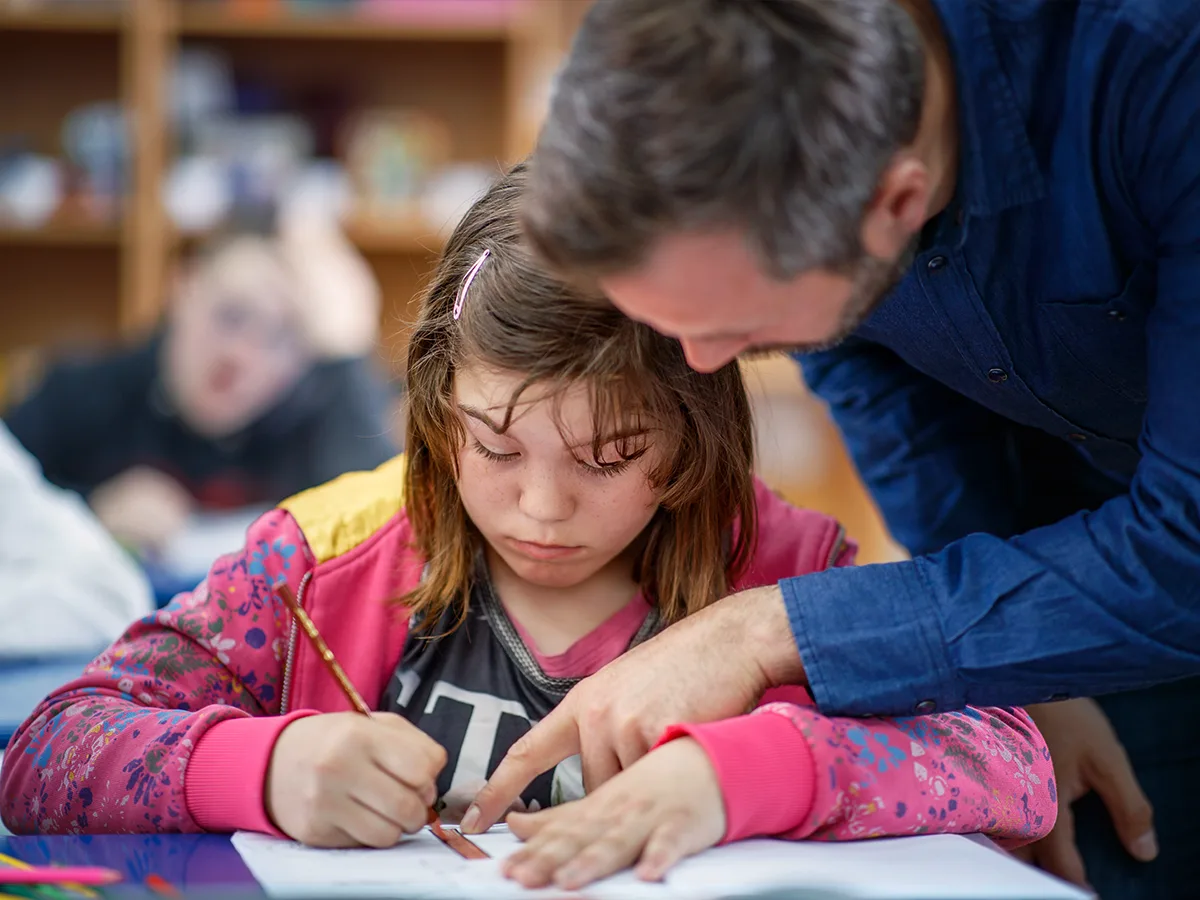What is special education?

At a glance
Special education refers to a range of services that help kids with disabilities learn.
It’s not a “one size fits all” approach — special education is tailored to meet the needs of individual kids.
Kids who qualify for special education have an IEP.
Special education refers to a range of services that can be provided in different ways and in different settings. There’s no “one size fits all” approach to special education. It’s tailored to meet the needs of students with disabilities.
Special education focuses on helping kids with disabilities learn. But it doesn’t mean placing kids in a special classroom all day long. In fact, federal law says that kids who get special education services should learn in the same classrooms as other kids as much as possible. This is known as the least restrictive environment (or LRE).
The services and supports for one student may be very different from those of another student. It’s all about the individual child and giving them the resources they need to make progress in school.
For example, some students may spend most of the day in a general education classroom. Others may spend just an hour or two in a resource room working with a specialist. And others might need to attend a different school that specializes in teaching kids with learning disabilities.
Kids who qualify for special education have an Individualized Education Program (IEP). They get individualized teaching and other resources at no cost to their families. Specialists work with kids on strengths as well as challenges. And families are key members of the team that decides what kids need to thrive in school.
Dive deeper
Who qualifies for special education?
The Individuals with Disabilities Education Act (IDEA) is the federal law that defines and regulates special education. It requires public schools to provide special education services to children ages 3 to 21 who meet certain criteria. To qualify, a student must:
Have a documented disability in one of the 13 documented categories covered by IDEA, and
Need special education in order to access the general education curriculum
Access is an important term in education. Making learning accessible to kids with disabilities means finding ways to remove the barriers to their learning.
How do kids qualify for special education?
School districts have a process in place to determine which students are eligible for special education. This process involves a full evaluation that looks at the ways kids think. It also looks at other aspects of development. Either the school or a child’s family can request an evaluation. If the school agrees to evaluate, the testing will be conducted at no cost to the family.
Learn more about the eligibility process.
Special education terms you may hear
When it comes to special education, there are a lot of unfamiliar terms and jargon. One term you may hear is placement, which is the way schools talk about deciding to place a child in one type of classroom rather than another. You may also hear:
Specific learning disability: The largest category under which kids get special education service, especially those who learn and think differently
Related services: Support to help meet IEP goals that isn’t necessarily specialized instruction
Accommodations: Changes that are made to how a student learns
Modifications: Changes that are made to what a student is taught or expected to learn
Explore more special education terms you may hear and learn the difference between accommodations and modifications.

